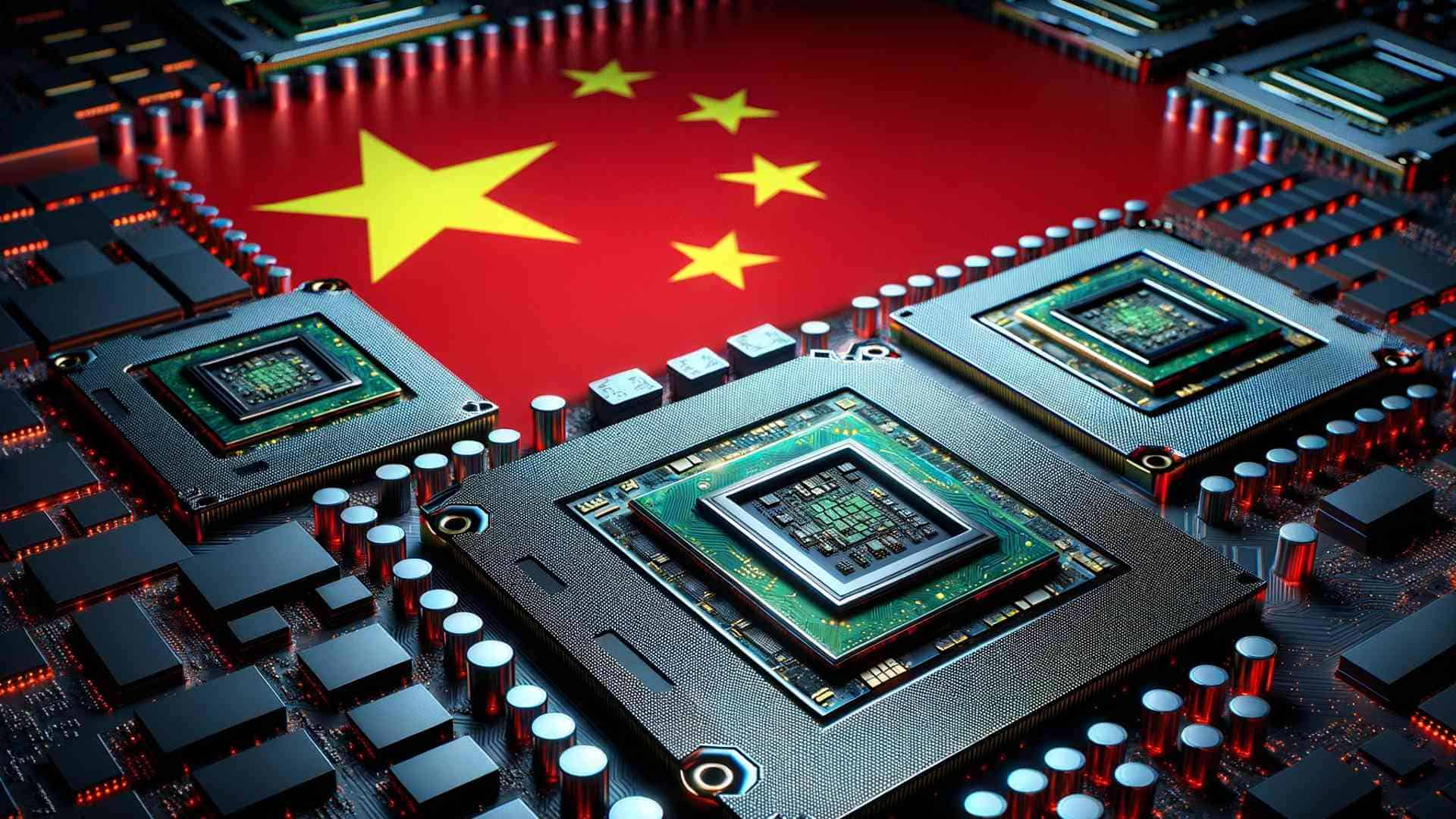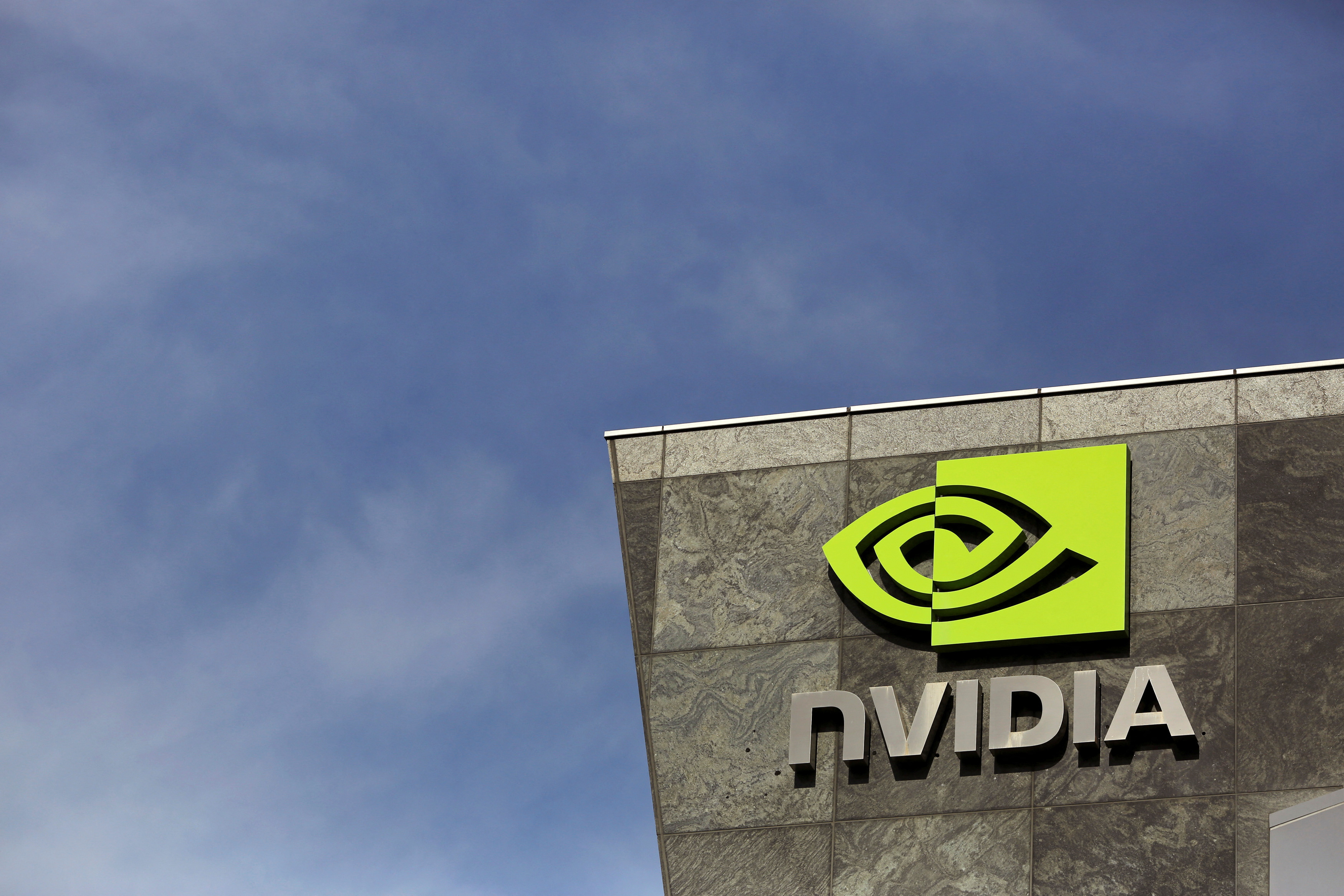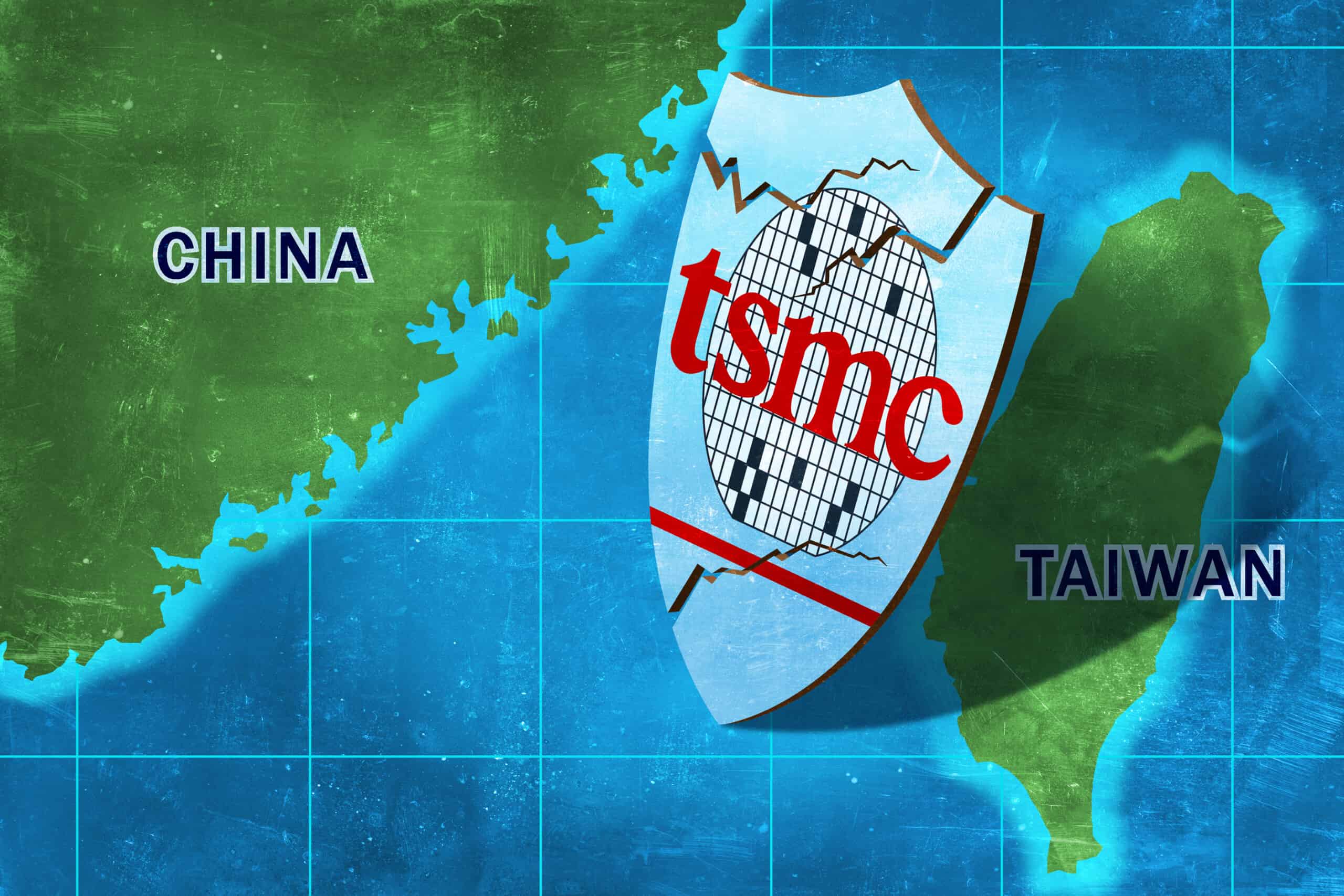
The Chinese government is stepping up its efforts to reduce dependence on chips artificial intelligence (IA) produced by Nvidiaan American giant in the semiconductor sector.
According to sources close to the matter, Beijing has been actively discouraging local companies from acquiring Nvidia’s H20 chips, which are widely used in developing and running AI models.
Also read
Agreement to restrict chip sales to China is being signed between the US and Japan
China already invests more in chip manufacturing equipment than the US, Taiwan and South Korea combined
Government does not prohibit, but neither does it encourage
This move is part of China’s broader strategy to boost its domestic semiconductor industry and circumvent sanctions imposed by the United States. Chinese authorities have been issuing guidelines, known as “window guidance“, through various regulatory bodies, including the Ministry of Industry and Information Technology.
While these guidelines do not have the force of law, they represent a clear indication of the government’s preference for domestic suppliers such as Huawei and Cambricon. The message has also been amplified through local business associations.
It is important to note that this approach does not constitute a total ban. The Chinese government is striking a delicate balance, avoiding harming its own AI startups or escalating tensions with the United States. Authorities still allow the purchase of some foreign semiconductors if they are essential to building the best possible AI systems.
NVIDIA is feeling the blow

Nvidia, in turn, has felt the impact of these policies. While the company has seen significant growth in global sales, with China accounting for 12% of its revenue (about $3.7 billion) last quarter, that figure is still below levels prior to the imposition of export controls.
Nvidia CEO Jensen Huang stated in a recent interview that the company is doing its best to serve customers in China within the limits of restrictions imposed by the American government. “The first thing we have to do is comply with any policies and regulations that are being imposed“, said Huang.
This situation reflects the growing technological tension between China and the United States. As Washington seeks to limit Beijing’s access to advanced technologies, the Chinese government is investing billions in subsidies for the semiconductor sector, aiming to achieve self-sufficiency in critical technologies.
Despite Chinese efforts, local AI chips still lag significantly behind Nvidia products in terms of performance. However, the AI sector in China continues to expand, with companies like ByteDance and Alibaba investing aggressively, and several startups competing for leadership in developing large-scale language models.
China’s delay in the semiconductor sector is 10 years

The technological race between China and Taiwan in the semiconductor industry is intensifying, with China falling behind. Gerald Yin Zhiyao, from AMEC, states that Chinese equipment is 5 to 10 years behind competitors in quality and reliability.
Despite this, he highlights the Chinese effort to overcome this gap and predicts that China will achieve basic self-sufficiency this year, reducing dependence on foreign technologies.
However, China is still far from Taiwan’s capabilities, especially TSMC, the world leader with 60% of the market and moving towards 2nm chips. SMIC and Hua Hong are at least five years behind in innovation.
Wu Cheng-wen from Taiwan reinforces that China is more than ten years behind, with SMIC struggling to produce 7nm circuits. The lack of access to UVE lithography equipment, essential for advanced chips, is a significant barrier for China, while companies like TSMC, with access to these machines from ASML, lead the sector.
Font: BNN Bloomberg
Source: https://www.hardware.com.br/noticias/china-evita-chips-nvidia.html


